Mother’s Day 2019 – Sunday 31st March
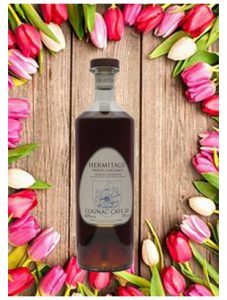 March is very much the month for celebrations, not just Mother’s Day 2019.
March is very much the month for celebrations, not just Mother’s Day 2019.
The patron saint of Wales, Saint David, is remembered on the 1st of the month with the Irish Saint Patrick’s Day being commemorated on the 17th. Daffodils and shamrocks will no doubt be seen in abundance during their respective celebrations.
Shrove Tuesday falls on the 5th of March when pancakes will be the order of the day. Following the French tradition of flambéing crepes, how about serving yours with cognac or armagnac to light up the evening?!
International Women’s Day is always on the 8th of March – a suitable precursor to Mother’s Day on Sunday 31st March – so March is a great month to celebrate the women in your life. Cognac, often thought of as a man’s drink, is also enjoyed by many of our female customers. Those who prefer a fruitier brandy will certainly be delighted with a bottle of our vintage armagnac. We have every year of birth from 1928 to 2001 so it’s easy to buy an extra special Mother’s Day Gift this year.

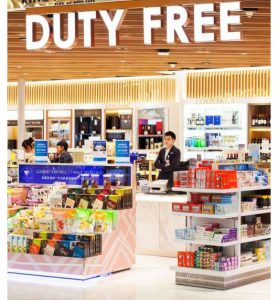 Commonly known as ‘Duty Free’, the Travel Retail Sector has long been the testing ground for new brandy releases – presumably travelling customers are more adventurous than those shopping from home? Often it is the packaging that is markedly different; the big houses like to involve famous artists in their limited edition, presentation designs. Just recently though, we have seen a real change in approach from some of the smaller houses.
Commonly known as ‘Duty Free’, the Travel Retail Sector has long been the testing ground for new brandy releases – presumably travelling customers are more adventurous than those shopping from home? Often it is the packaging that is markedly different; the big houses like to involve famous artists in their limited edition, presentation designs. Just recently though, we have seen a real change in approach from some of the smaller houses. 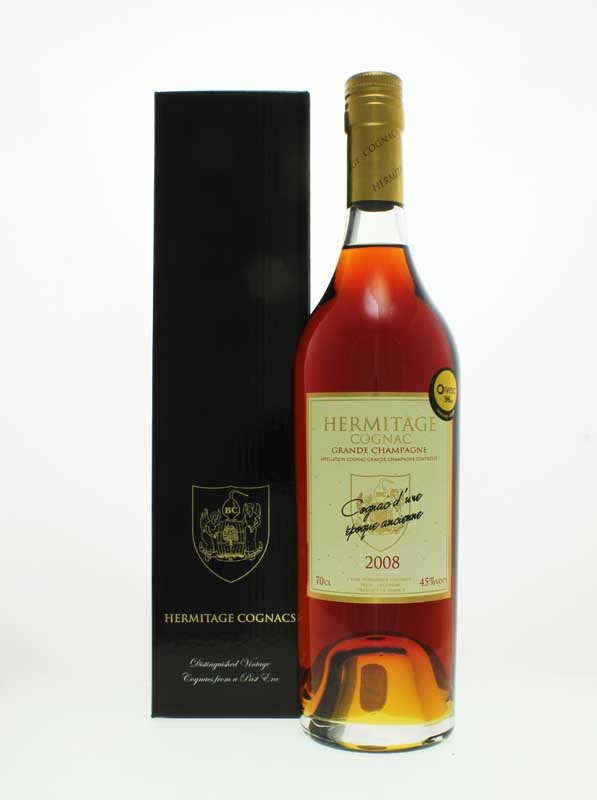
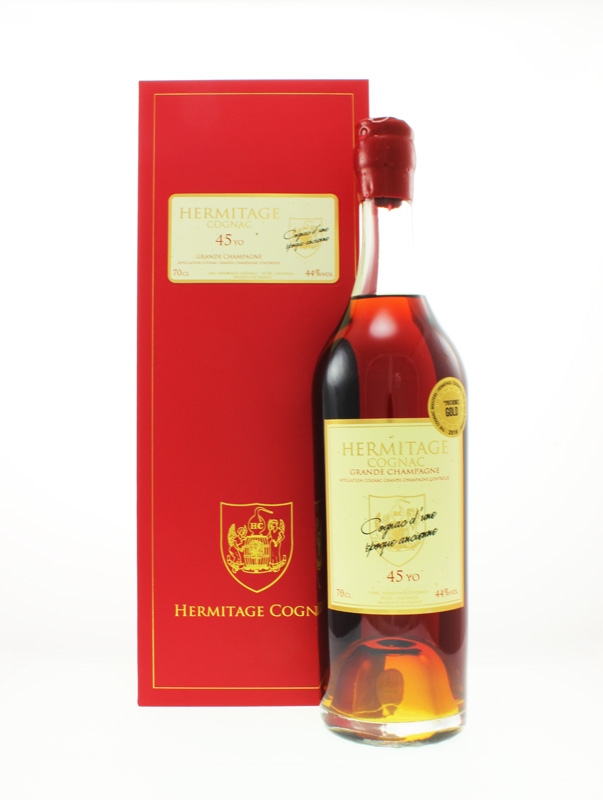
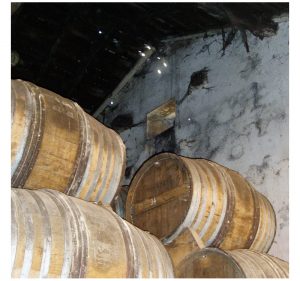 The concept of barrel ageing is said to have been conceived by wine merchants when shipping their wines from the harbour at La Rochelle. The weak and commonly sweet wines that were shipped along the Charente from Cognac often became rancid. The wine merchants therefore reduced their volume by distillation, before shipping abroad in oak barrels. After their arrival in foreign ports it was noticed that the clear distillates within had coloured and gained in flavour.
The concept of barrel ageing is said to have been conceived by wine merchants when shipping their wines from the harbour at La Rochelle. The weak and commonly sweet wines that were shipped along the Charente from Cognac often became rancid. The wine merchants therefore reduced their volume by distillation, before shipping abroad in oak barrels. After their arrival in foreign ports it was noticed that the clear distillates within had coloured and gained in flavour.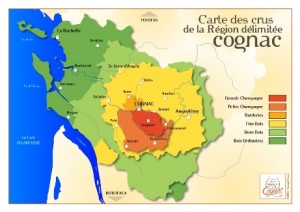 Official figures for the bumper 2018 harvest have yet to be published but it is anticipated that for the first time ever, the quantity of eau de vie produced will exceed 1 million hectolitres of pure alcohol. Despite the much-publicised growth in
Official figures for the bumper 2018 harvest have yet to be published but it is anticipated that for the first time ever, the quantity of eau de vie produced will exceed 1 million hectolitres of pure alcohol. Despite the much-publicised growth in 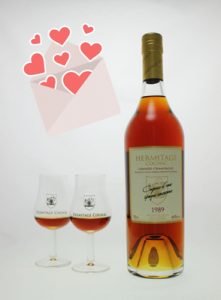 It’s that time of the year again when St Valentine’s Day gives us all the ideal opportunity to show our loved ones just how much we care. And a bottle of the very best brandy certainly is a gift that keeps on giving. Whether you are eating in or eating out on February 14th, a bottle of our
It’s that time of the year again when St Valentine’s Day gives us all the ideal opportunity to show our loved ones just how much we care. And a bottle of the very best brandy certainly is a gift that keeps on giving. Whether you are eating in or eating out on February 14th, a bottle of our 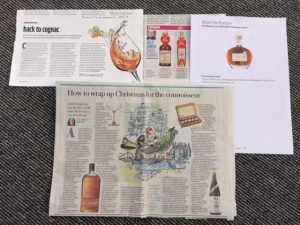 The last few months of 2018 were, as always, very busy here at Brandyclassics as we worked hard to meet the ever-increasing demand for brandies at Christmas. Our
The last few months of 2018 were, as always, very busy here at Brandyclassics as we worked hard to meet the ever-increasing demand for brandies at Christmas. Our 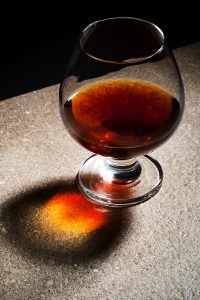 Brandy has long been used for medicinal purposes, both internally and externally. We read that it was often used in Nelson’s Navy as an antiseptic, sometimes as an anaesthetic and even before then, as a digestif to sooth the effects of eating too much or too rich food.
Brandy has long been used for medicinal purposes, both internally and externally. We read that it was often used in Nelson’s Navy as an antiseptic, sometimes as an anaesthetic and even before then, as a digestif to sooth the effects of eating too much or too rich food.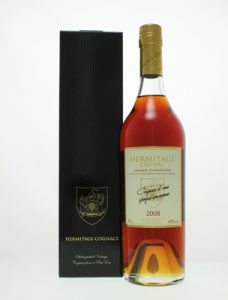 A truly amazing cognac;
A truly amazing cognac;  Brandy, or perhaps to be more precise,
Brandy, or perhaps to be more precise, 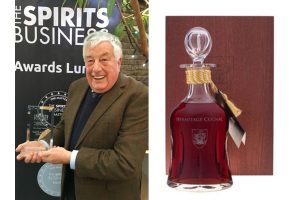 What a year!! Not only have we received an unprecedented number of Gold and Gold Outstanding medals for our
What a year!! Not only have we received an unprecedented number of Gold and Gold Outstanding medals for our